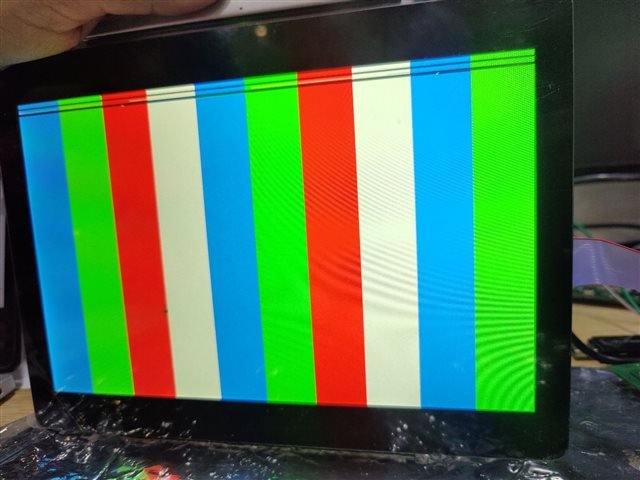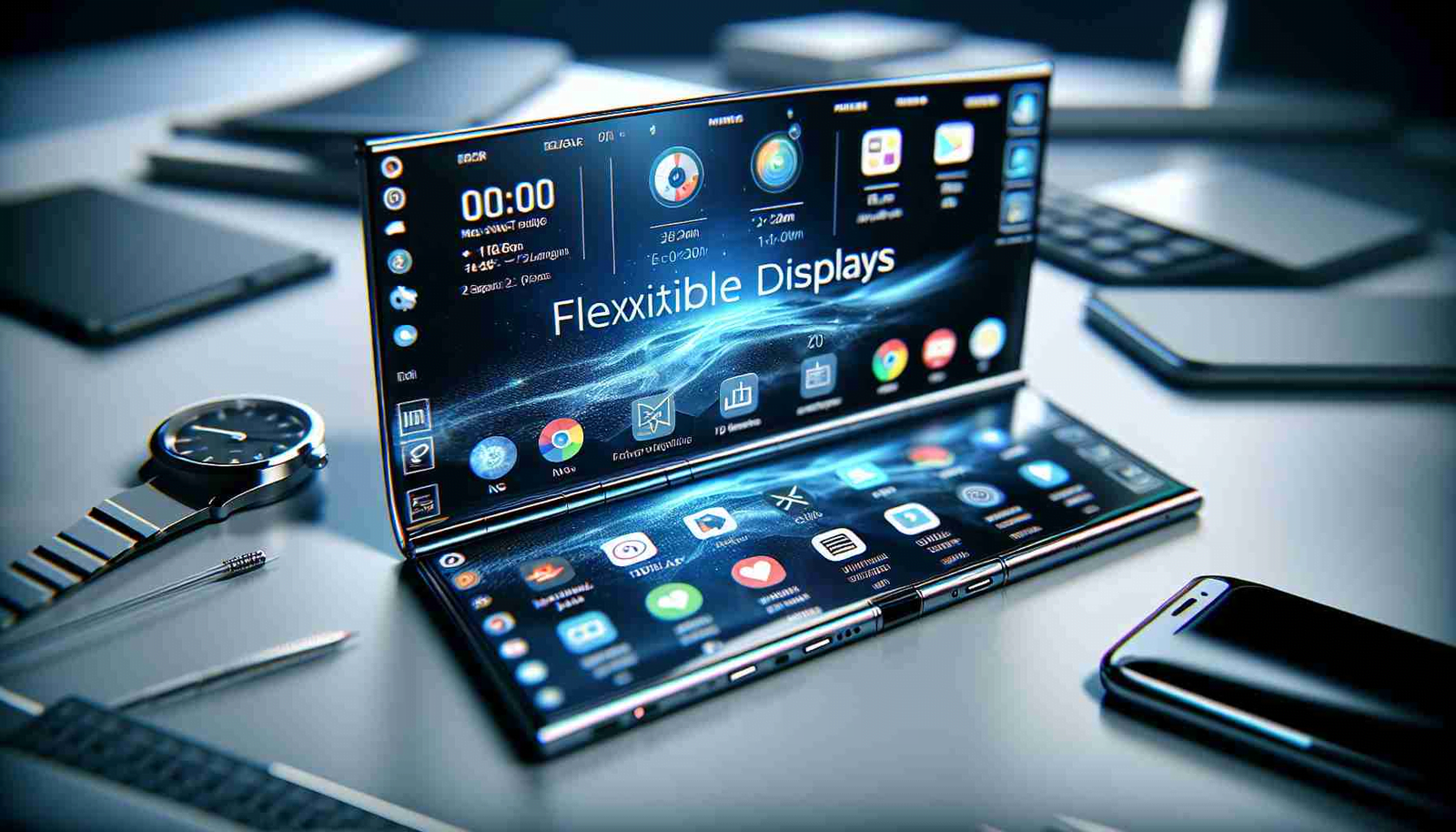E-Ink Displays
An ink screen (E-ink, electronic ink screen) is a special display technology commonly used in e-book readers, smartwatches and certain low-power devices. Unlike traditional LCD or OLED displays, it relies on the principle of electrophoretic display, in which tiny charged particles in the electronic ink are manipulated to form an image. Key Features of E-Ink…
Details












